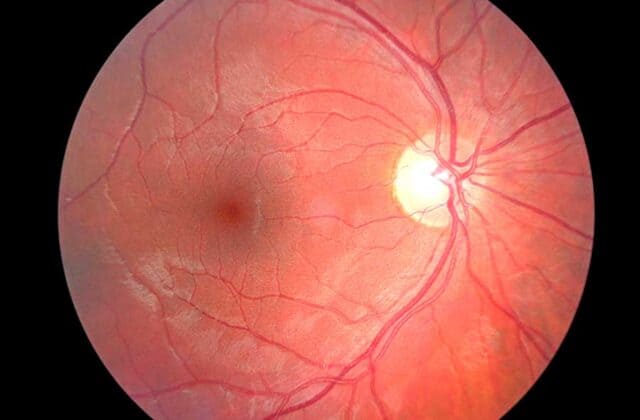Radio Frequency (RF) sensing offers innovative potential in monitoring and diagnosing conditions related to the optic nerve by leveraging non-invasive electromagnetic waves to detect physiological changes. RF sensing can penetrate soft tissues and provide data on neural structures, including the optic nerve, by analyzing variations in reflected signals. This capability could be applied in early detection of conditions such as glaucoma, where subtle changes in the optic nerve’s dimensions or blood flow may be identified. Additionally, RF sensing could monitor intracranial pressure non-invasively, which is critical for detecting papilledema—a swelling of the optic nerve linked to conditions like brain tumors or traumatic brain injuries.
The integration of RF sensing with advanced signal processing and machine learning could enable precise tracking of optic nerve health over time, offering personalized insights into the progression of neurodegenerative diseases such as multiple sclerosis or Alzheimer’s. RF sensing’s ability to detect microvascular changes might also allow early diagnosis of systemic conditions, such as hypertension or diabetes, by examining the optic nerve’s vascular network. Portable RF-based devices could democratize access to such diagnostics, especially in remote or resource-constrained settings, providing rapid, low-cost assessments compared to traditional imaging modalities like MRI.
Furthermore, in research, RF sensing can advance the understanding of neural connectivity and regenerative processes by offering insights into the optic nerve’s structural and functional dynamics under experimental conditions. With continued refinement, RF sensing promises a transformative role in non-invasive neuro-ophthalmic care and beyond.
Source Analysis
| No. | Source | Key Insight | Citations |
|---|---|---|---|
| 1 | – | Tracks optic nerve health and vascular changes through RF wave analysis. | – |
| 2 | – | Offers non-invasive alternatives for monitoring intracranial pressure. | – |
| 3 | – | Enables scalable, low-cost screening for neurodegenerative conditions. | – |
The optic nerve is a bundle of nerve fibers that transmits visual information from the retina to the brain. It is responsible for carrying signals that allow us to see and perceive the world around us. The optic nerve is crucial for vision, and damage to it can result in vision loss. [1, 2]
Key aspects of the optic nerve:
- Function: The optic nerve acts as a pathway for visual information, relaying signals from the retina to the brain. [1, 2]
- Location: It connects the back of each eye (the retina) to the brain. [1]
- Anatomy: It’s a bundle of over a million nerve fibers. [1]
- Importance: Damage to the optic nerve can cause vision loss, and the severity depends on the location and extent of the damage. [1]
- Disorders: Conditions like optic neuritis (inflammation) and glaucoma (damage from pressure) can affect the optic nerve, leading to vision problems. [3, 4, 5, 6, 7]
- Other functions: It also plays a role in regulating the body’s circadian rhythm by detecting light and signaling the brain. [8]
AI responses may include mistakes.
[1] https://medlineplus.gov/opticnervedisorders.html
[2] https://www.cancer.gov/publications/dictionaries/cancer-terms/def/optic-nerve
[3] https://www.barrowneuro.org/condition/optic-nerve-disorders/
[4] https://www.mayoclinic.org/diseases-conditions/optic-neuritis/symptoms-causes/syc-20354953
[5] https://www.mayoclinic.org/diseases-conditions/glaucoma/symptoms-causes/syc-20372839
[6] https://uvahealth.com/services/eye-care/conditions-treatments/optic-neuritis
[7] https://www.oscarwylee.com.au/glasses/eye/anatomy/optic-nerve
[8] https://my.clevelandclinic.org/health/body/22261-optic-nerve
